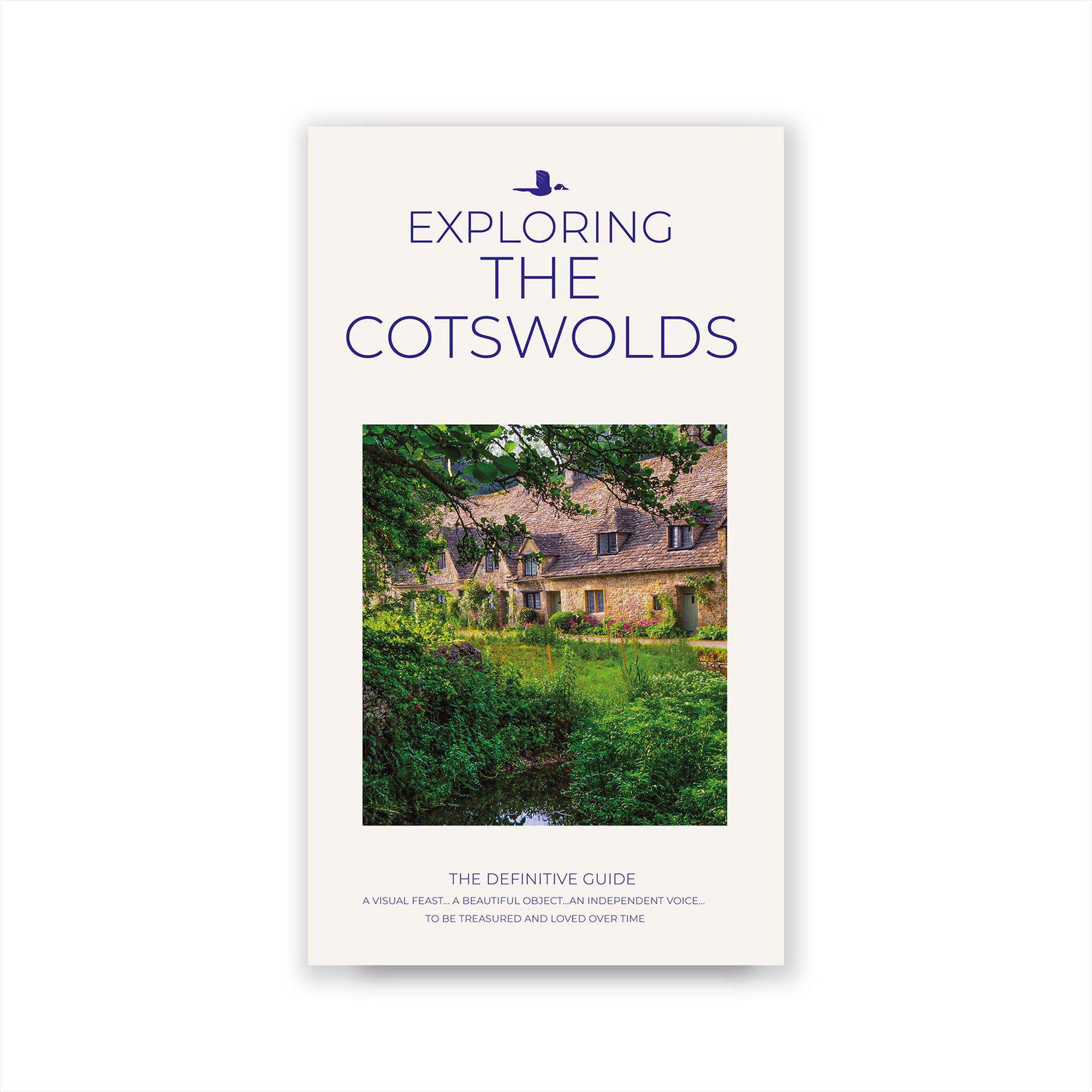Cotswolds Top 16 Prettiest Villages–The Best of the Best
The Cotswolds is world renowned for its stunningly beautiful villages; the golden stone, the “Wool” churches, manor house and rows of medieval cottages. The landscape is rich in imagery; dry-stone walls divide the vast, sweeping sheep pastures and lazy, winding trout streams meander through rich pastureland. Scattered across this landscape you will come across quaint hamlets undisturbed by coach, sightseer or time itself. All this makes for an idyllic scene, rarely bettered in England.
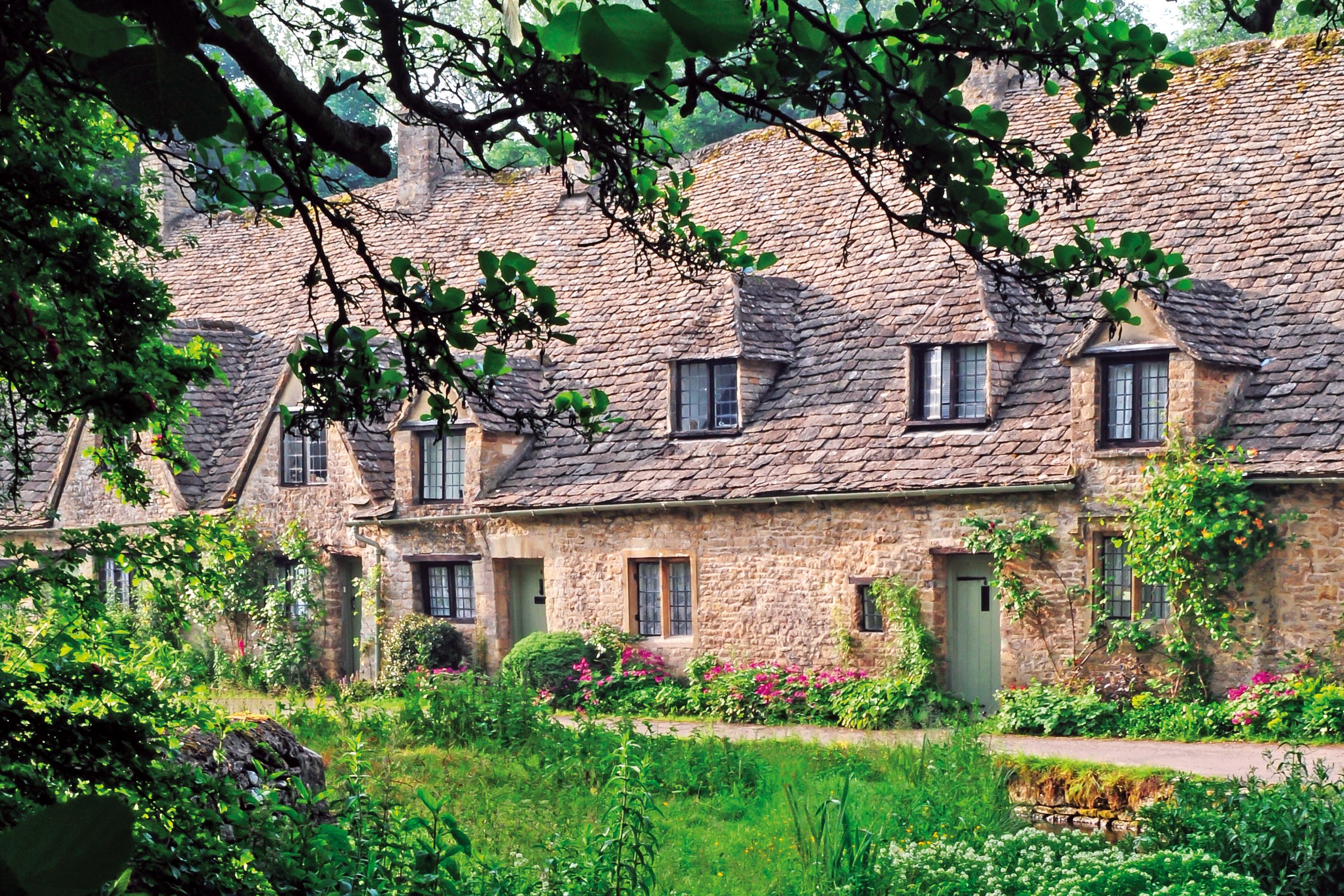
Bibury
Described by William Morris as one of the prettiest villages in England and few would argue with him. It attracts the crowds and is thus the stop-off point for many coach tours. It is a honey-pot village made up of rose-covered cottages set behind idyllic kitchen gardens, and all overlook the sleepy River Coln inhabited by swans, trout and duckling. During the C17 Bibury was notorious as a buccaneering centre for gambling and horse racing.
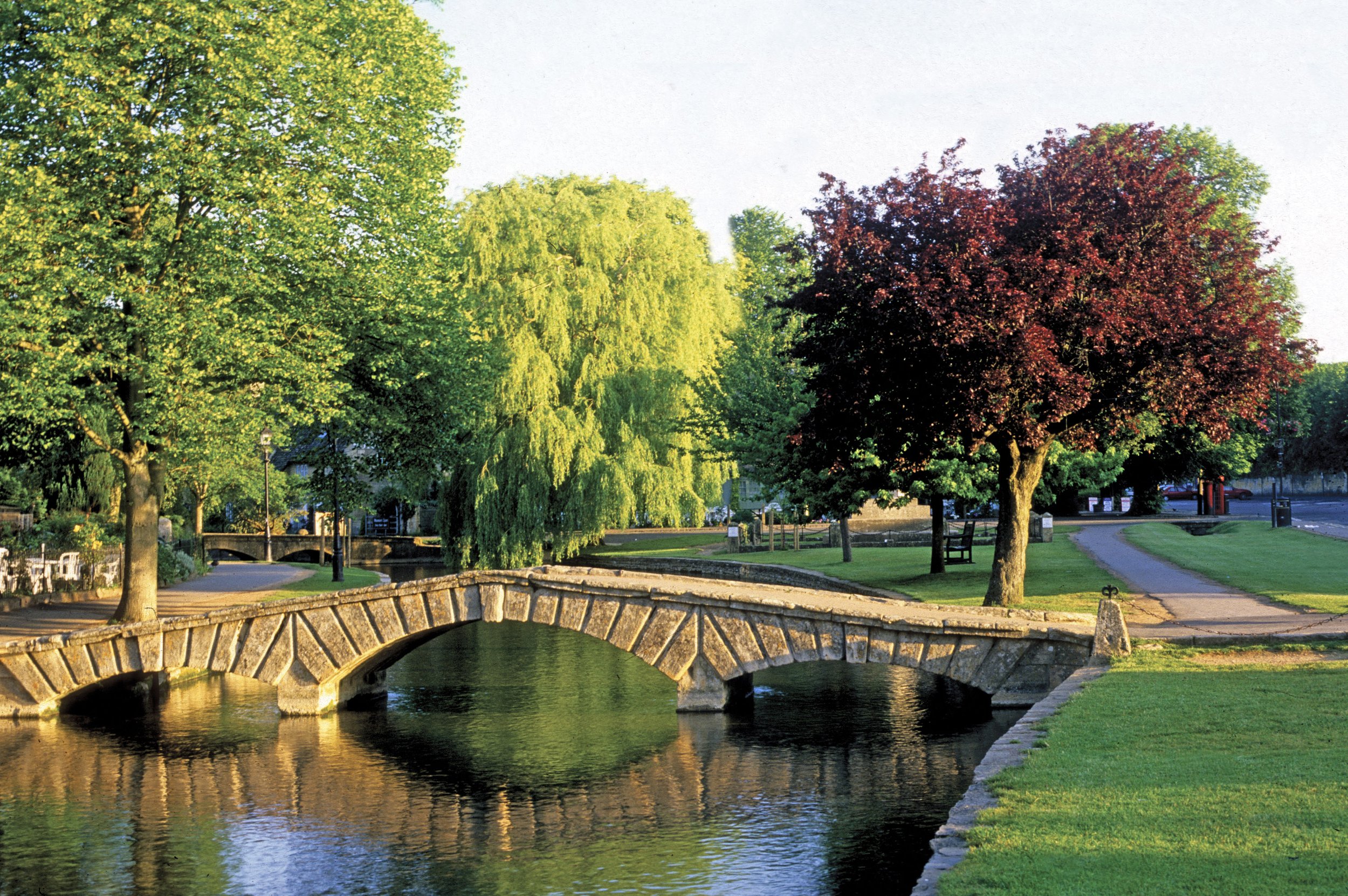
Bourton-On-The-Water
Described as ‘The Venice of the Cotswolds’ for the River Windrush is spanned with low graceful bridges. It is the most visited village in the Cotswolds but one that invites mixed opinions. It can be charming on a quiet, frostbitten morning but is best avoided on a busy bank holiday. You must look beyond the crowds and wander the little streets for there are some beautiful houses to admire. Bourton may not thrill the jaded teenager or hard-bitten traveller but it will delight small children. Tearooms are plentiful. July Carnival. Water Game - August bank holiday.
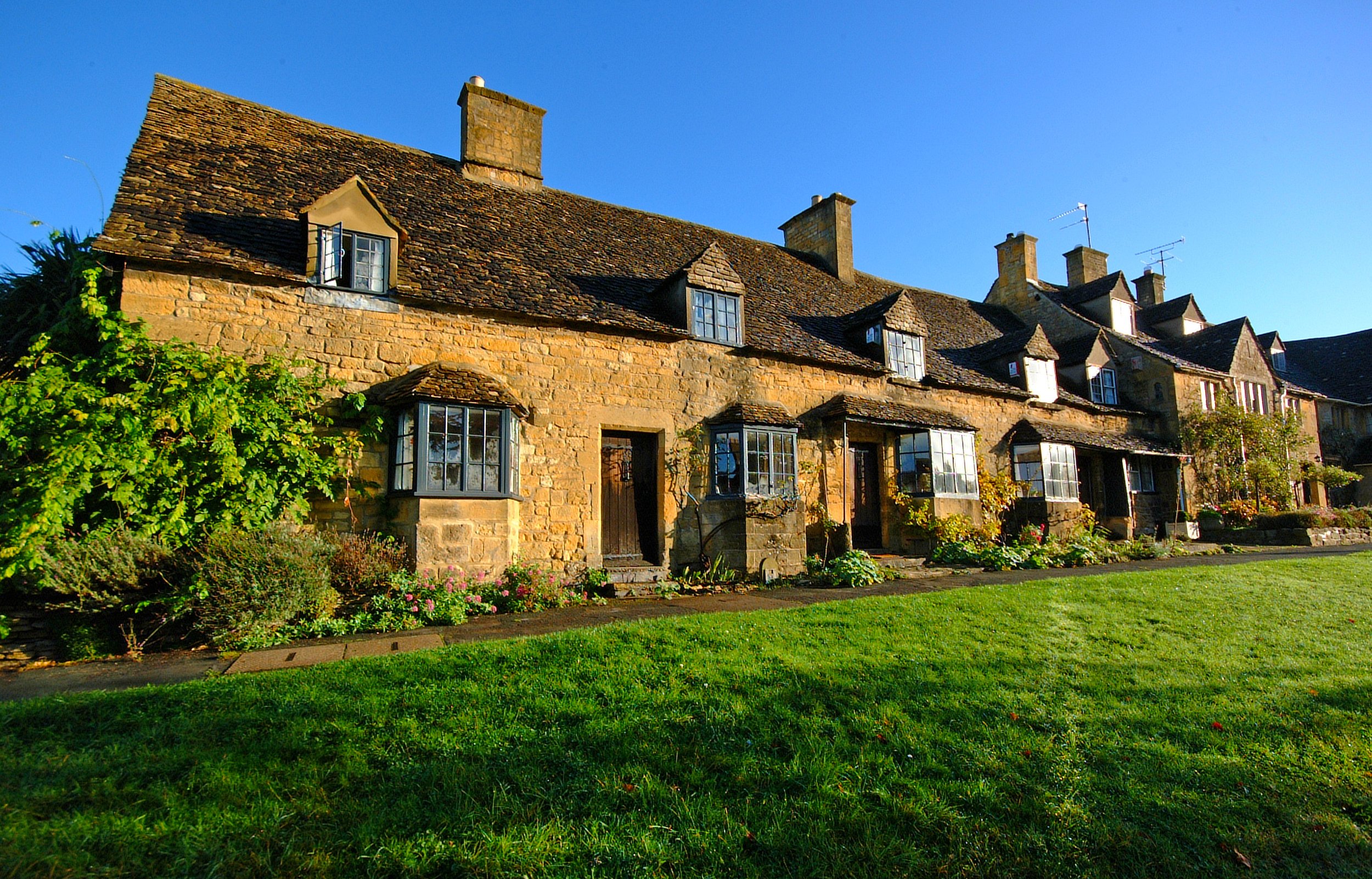
Broadway
‘The Painted Lady of the Cotswolds’ is a term often used to describe this village. The honey-coloured stone captivates the visitor today as it did in the C19 when William Morris and his pre-Raphaelite friends settled here. A slow walk up the High Street will unfold some large and impressive houses that have been homes to Edward Elgar, JM Barrie (Peter Pan) and Ralph Vaughan Williams. These great houses with bow windows, dormers and finely graduated stone roofs are usually hidden behind statuesque gates. It has its fair share of hotels, restaurants, tearooms and art galleries.

Burford
The first major Cotswold town you come to if travelling from the east and what an Introduction. The wide High Street with its classical Gables atop gracious houses slopes down to the dreamy River Windrush. Once an important coach and wool centre bursting with activity, hostelries and dens of rumbustious entertainment. A history of civil rights and religious tolerance prevailed here with the Burford Levellers. On 17 May 1649, three soldiers were executed in Burford Churchyard on the orders of Oliver Cromwell. These three had sought to undermine the authority of Cromwell whom they considered to be a dictator, rather than a liberator. This event is celebrated every year with song, dance and speeches. Today, there are any number of inns and pretty cottages hidden down the side streets. The churchyard is a quiet spot with decorated table tombs. Feast of the Dragon and Street Fair in June.
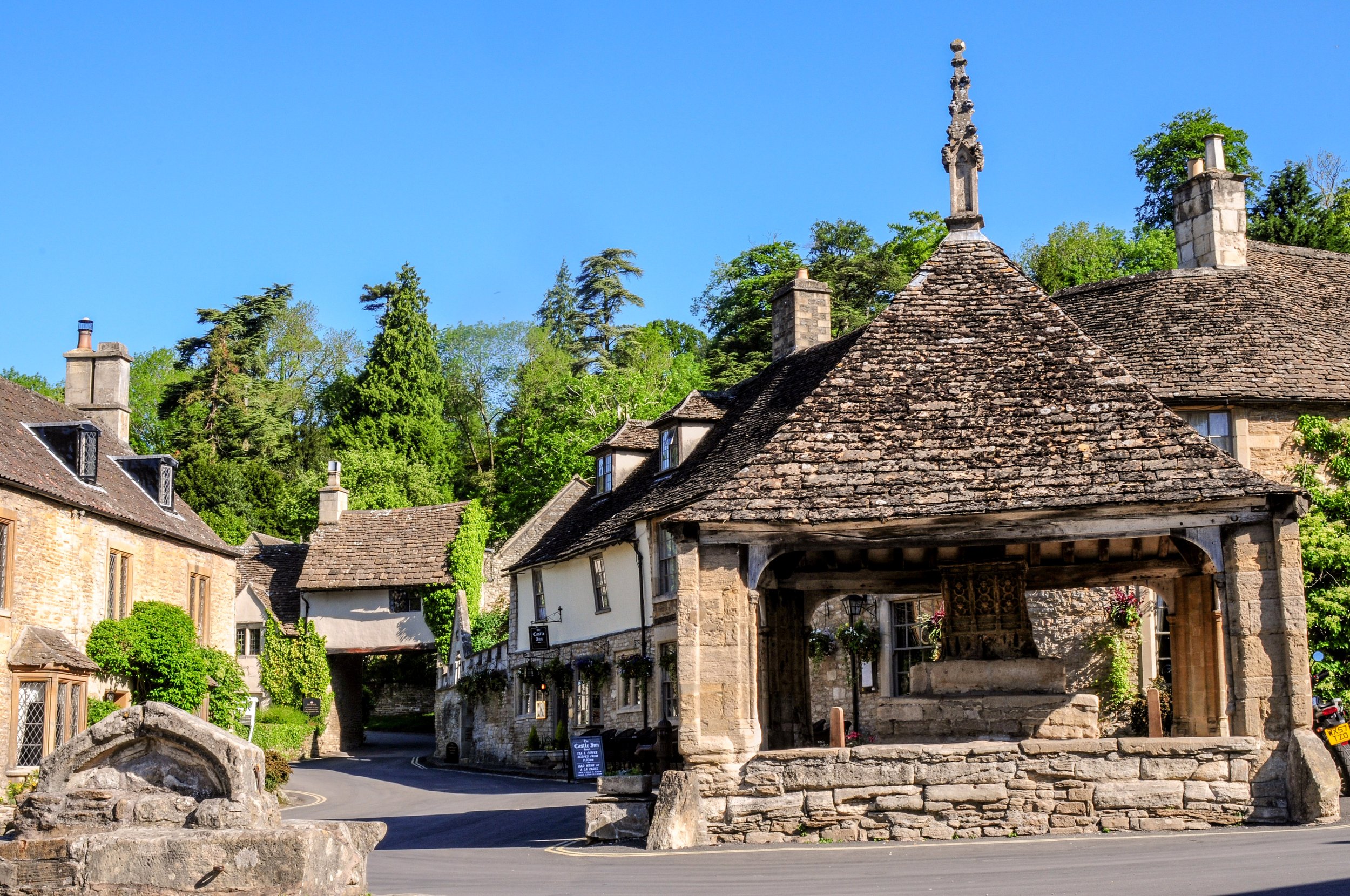
Castle Combe
One of the prettiest and most visited villages in the south Cotswolds lies sheltered in a hidden valley surrounded by steep, wooded hills. In former times a flourishing medieval wool centre as evidenced by the weavers and clothiers cottages that descend from the Market Cross to the three-arch bridge.
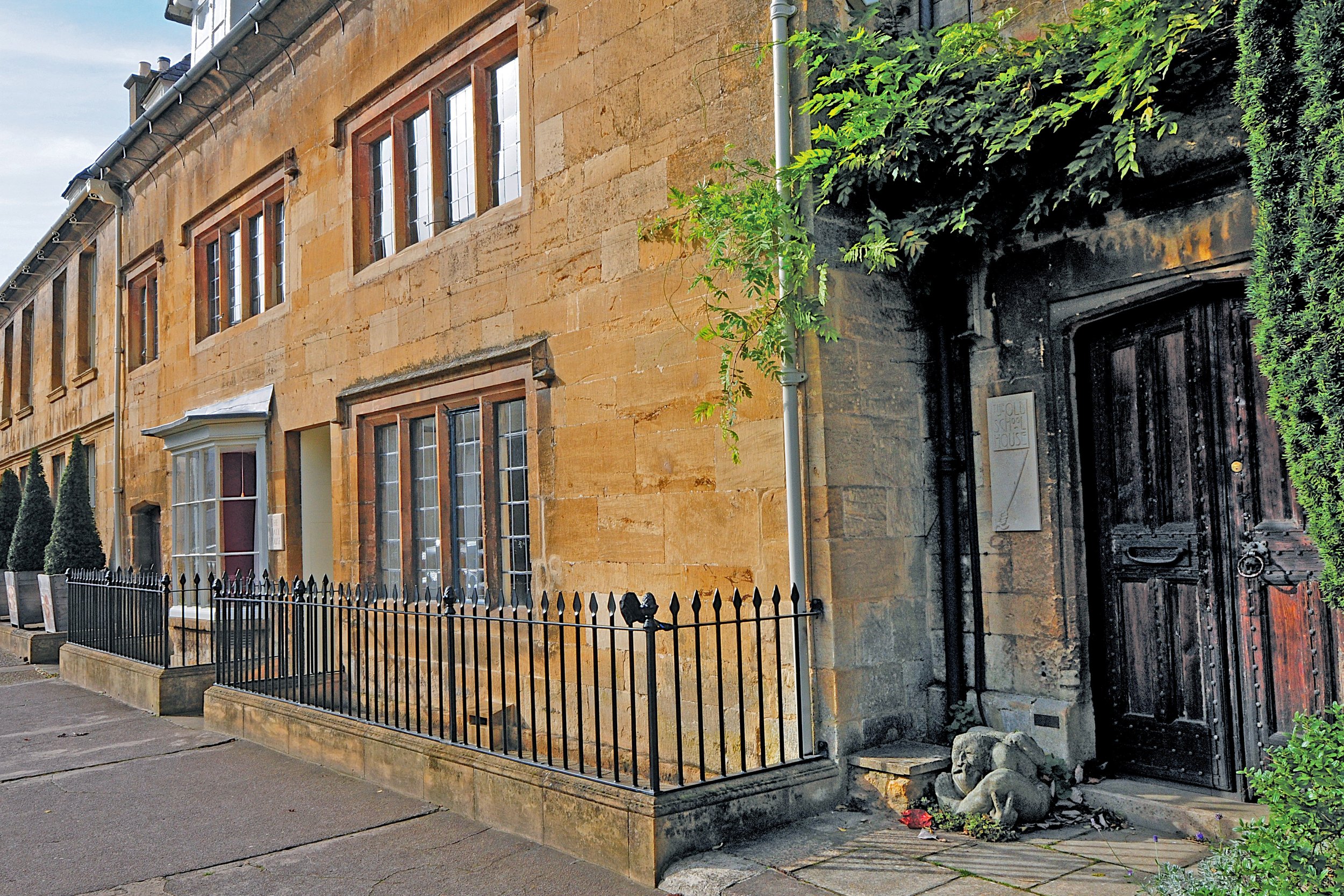
Chipping Campden
If you chose to visit just one Cotswold village make sure it’s this one. There is no better introduction. The harmony of Cotswold stone mirrors the town’s prosperity in the Middle Ages. The Gabled Market Hall was built in 1627 by the wealthy landowner Sir Baptist Hicks whose mansion was burnt down in the Civil War and the remains are the two lodges beside the Church. The Church of St James is a tall and statuesque ‘Wool’ church. William Grevel, one of the wealthiest wool merchants is remembered in the church on a brass transcription which reads: ‘the flower of the wool merchants of all England’. Opposite Grevel’s House is the Woolstaplers Hall, the meeting place for the fleece (staple) merchants. Dovers Cotswold Olympick Games & Scuttlebrook Wake, June.
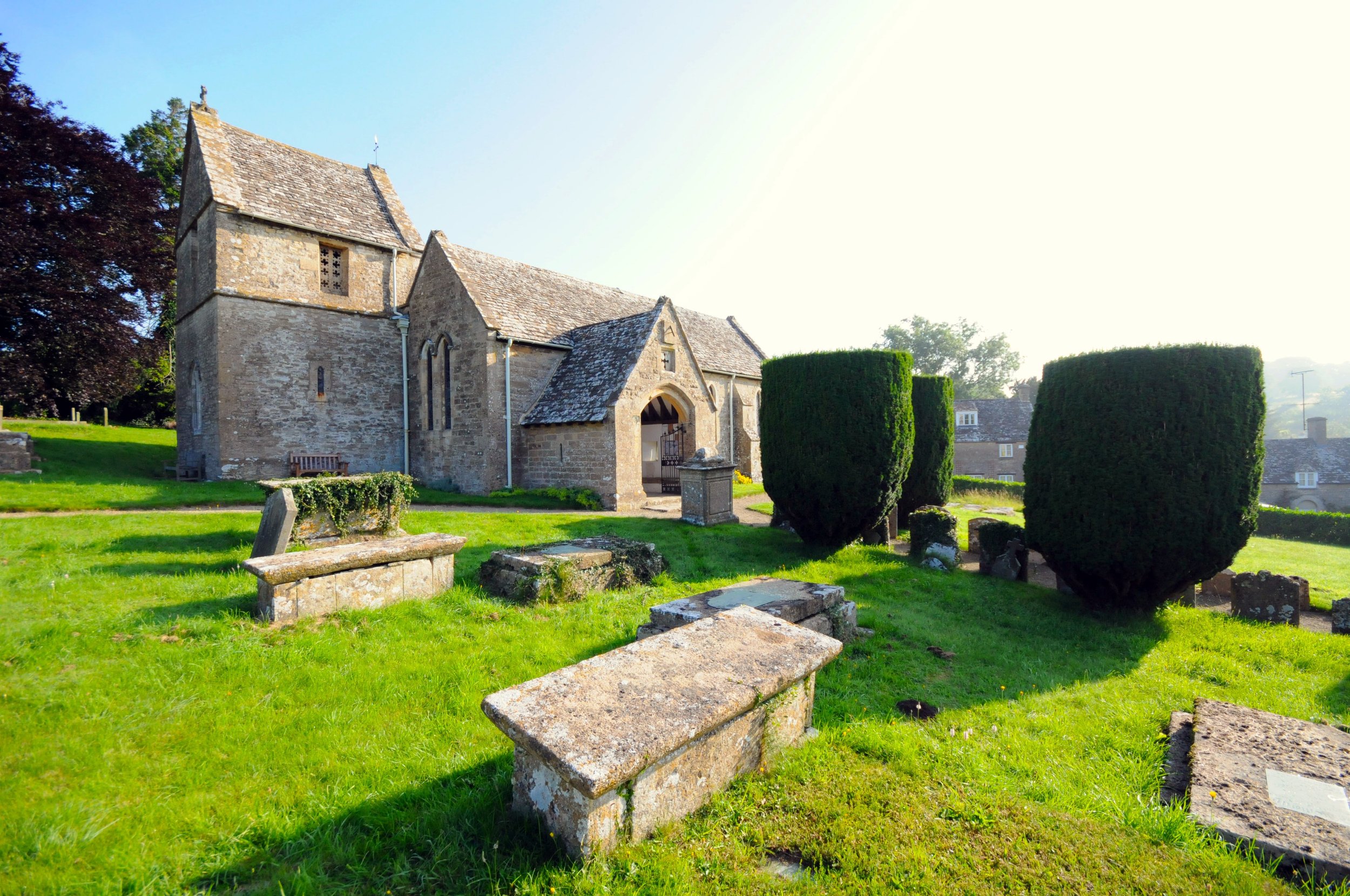
The Duntisbournes
A group of isolated hamlets dotted along a beautiful wooded valley. Duntisbourne Abbot stands at the head of the valley. The Dunt Brook flows through each hamlet. The road to Duntisbourne Leer runs adjacent to the stream. Middle Duntisbourne and Duntisbourne Rouse are two farming hamlets, the latter famous for its idyllic Saxon Church.
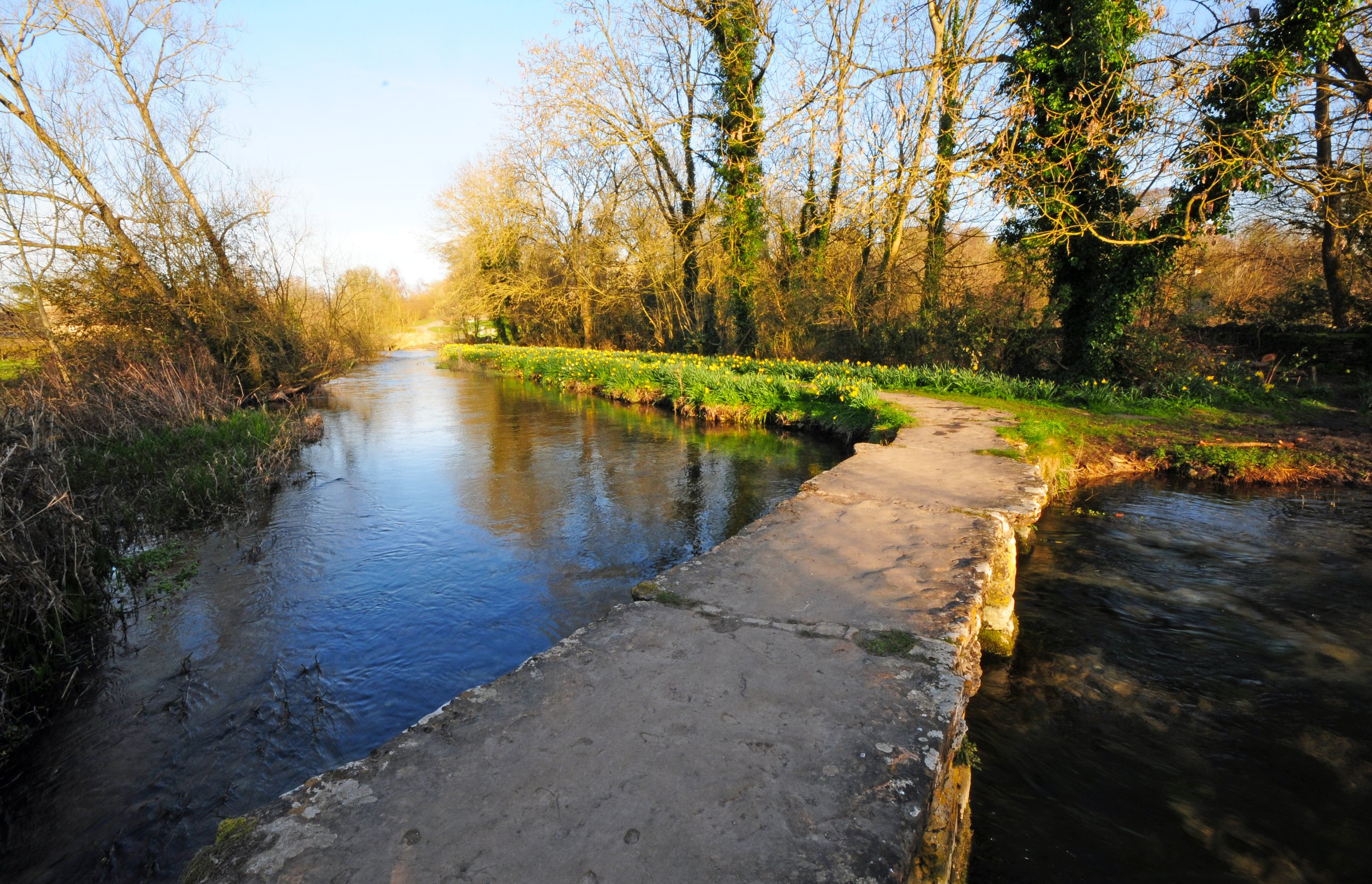
Eastleach
The twin hamlets of Eastleach Turville and Eastleach Martin face each other across the River Leach. The ancient clapper bridge (Keble’s Bridge) connects the two and was built by the Keble family whose descendant John Keble was curate here in 1815. He founded the Oxford Movement and is known for his volume of religious verse The Christian Year. In spring, hundreds of daffodils grow on both banks and hidden behind the trees is the Norman Church of St Michael and St Martin. Across the river the tiny church of St Andrews.
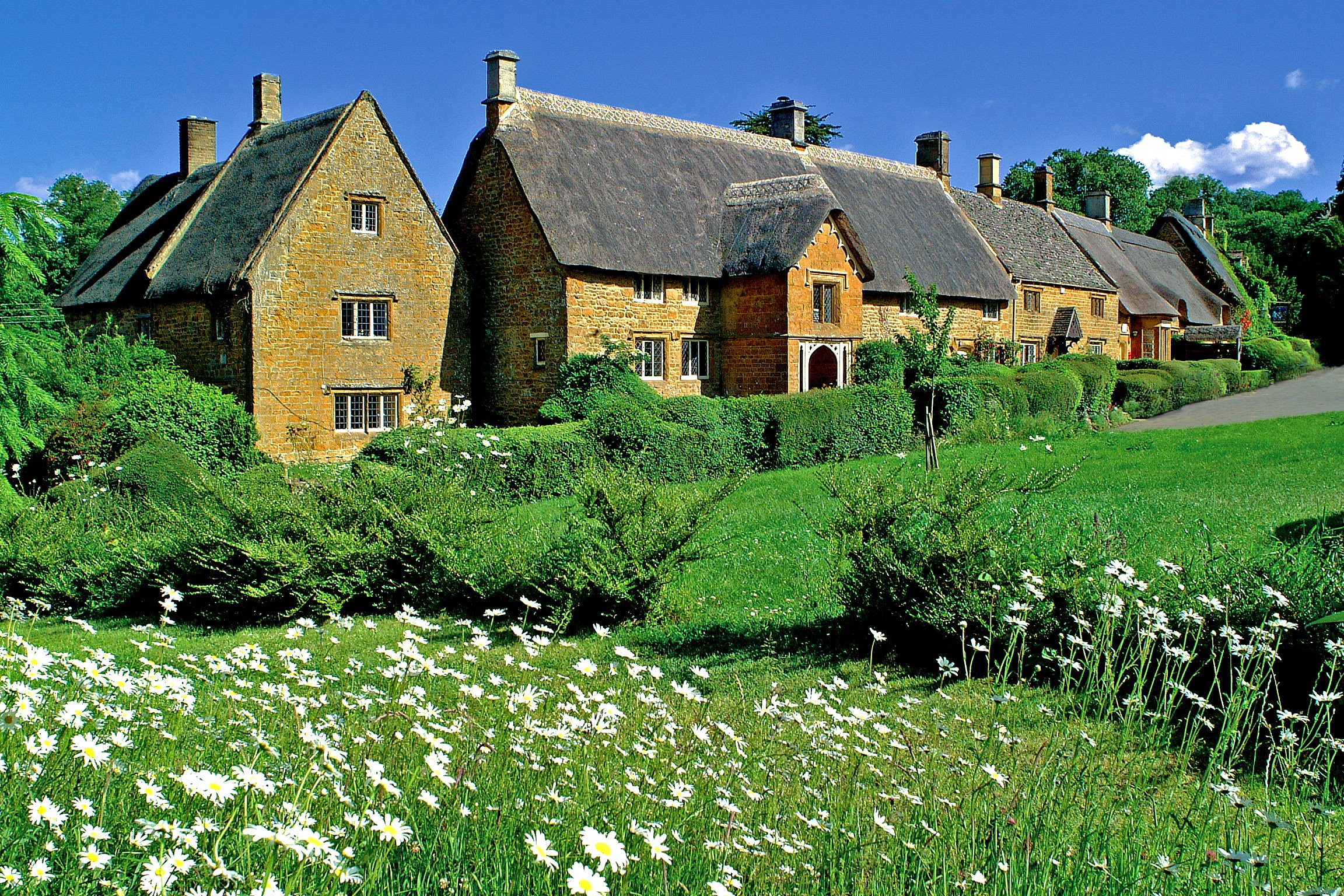
Great Tew
A sensationally beautiful village lined with ironstone cottages covered in thatch and stone tiles. Much of the village was designed by the Scottish architect, John Claudius London. The Falkland Arms is named after Lord Falkland who lived here, and who died fighting for Charles I at the Battle of Newbury.
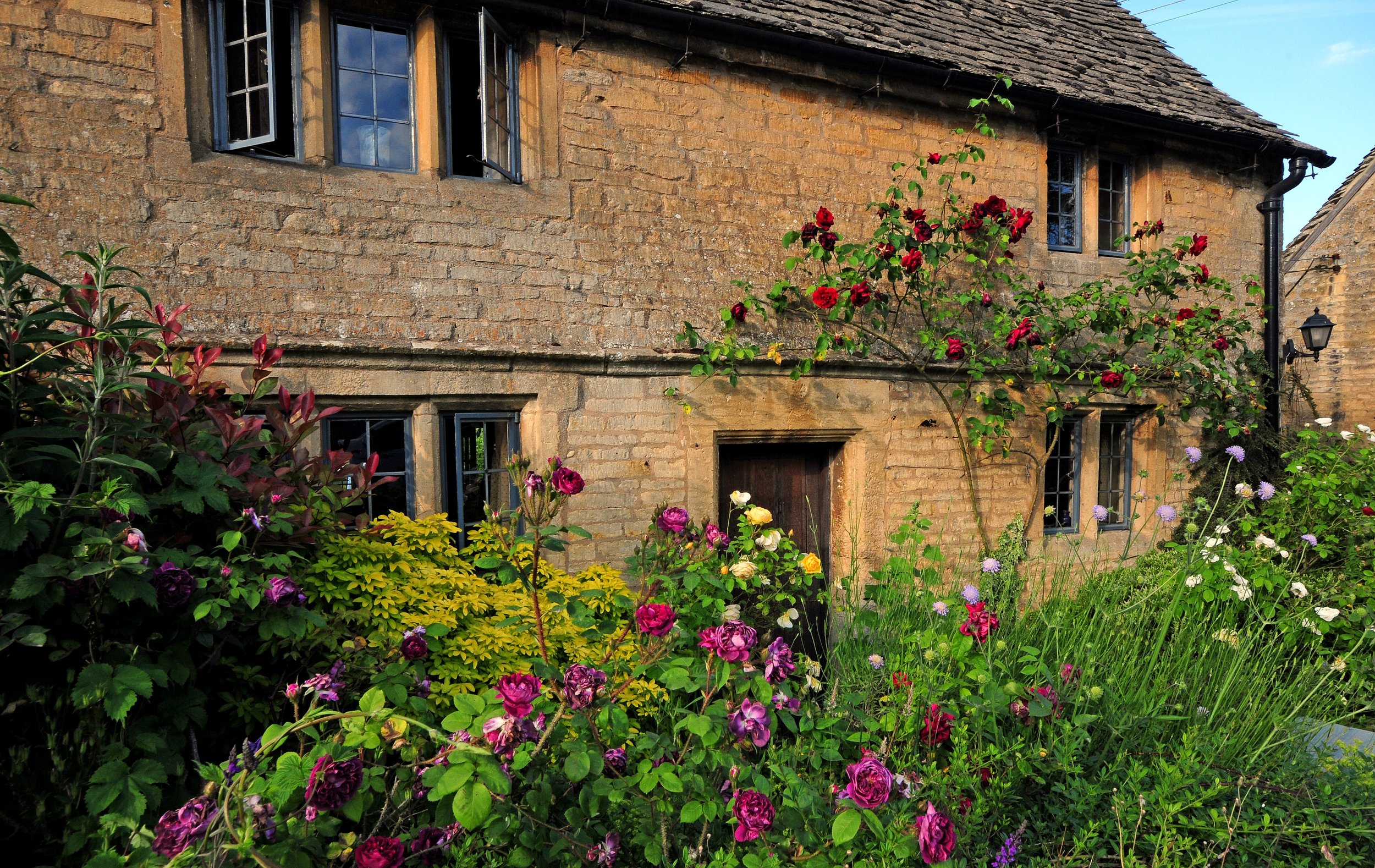
Guiting Power
A hidden, somnolent estate village that surprisingly manages to support two pubs, a village shop and farm shop, a nursery school and an active village hall. The blue- grey cottages belong to the Guiting Manor Amenity Trust that has saved this village from greedy developers. The Church of St Michael & All Angels lies on the edge of the village and has some Norman features, a beautiful Tympanum and some weather-beaten tombstones. It was an early Anglo-Saxon settlement called Gyting Broc. A classical and
jazz music festival is held in late July for the past 39-years and attracts many artists of international renown.
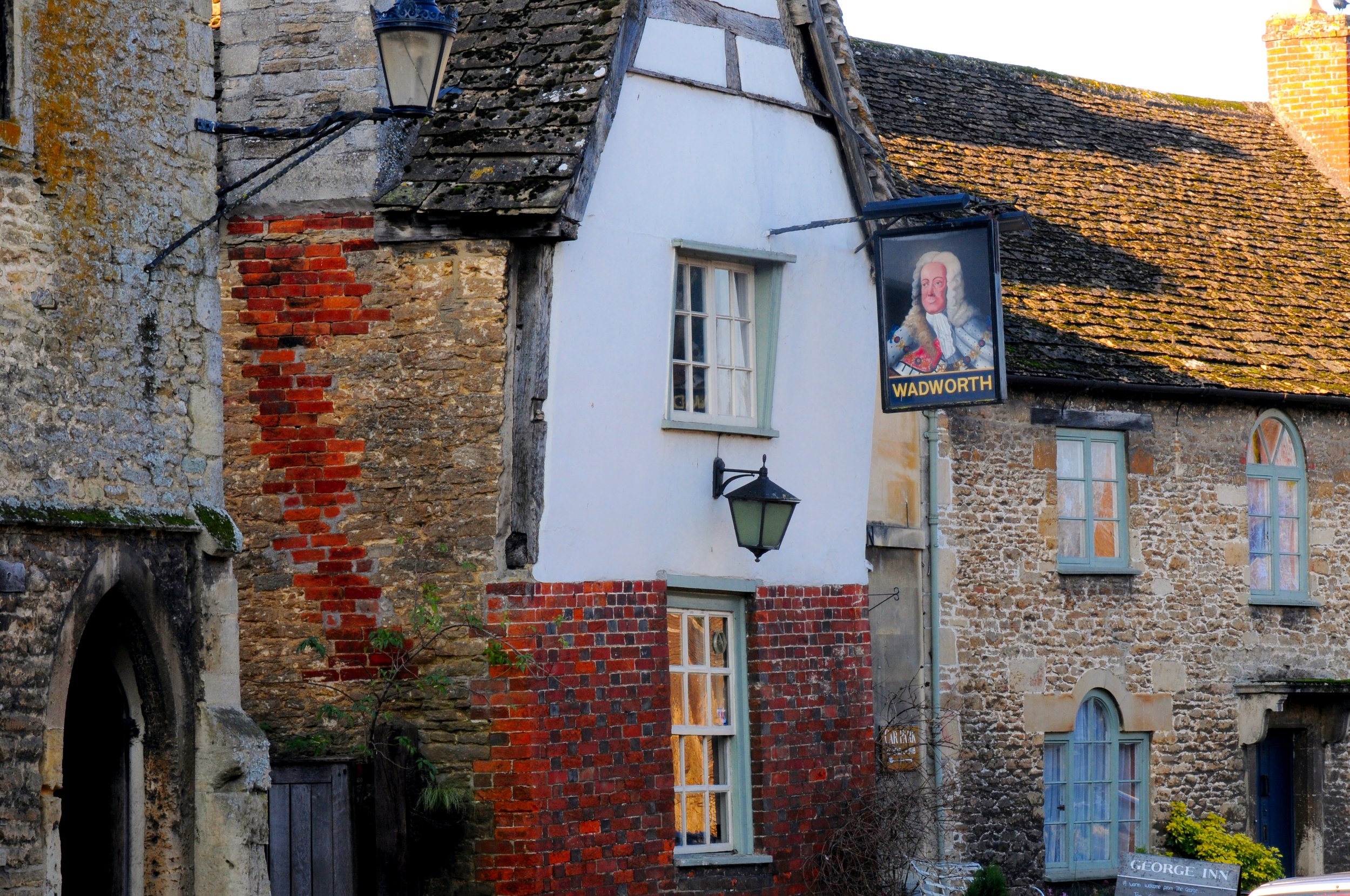
Lacock
This is a show village owned and protected by the National Trust. You could be forgiven believing you had dropped into a film set. Not surprisingly, it is a favourite for location scouts: Pride and Prejudice, Cranford and Wolfman are just some of the projects produced here. The houses are lime washed and half-timbered and many date from the C13. There are ancient inns awaiting your patronage.
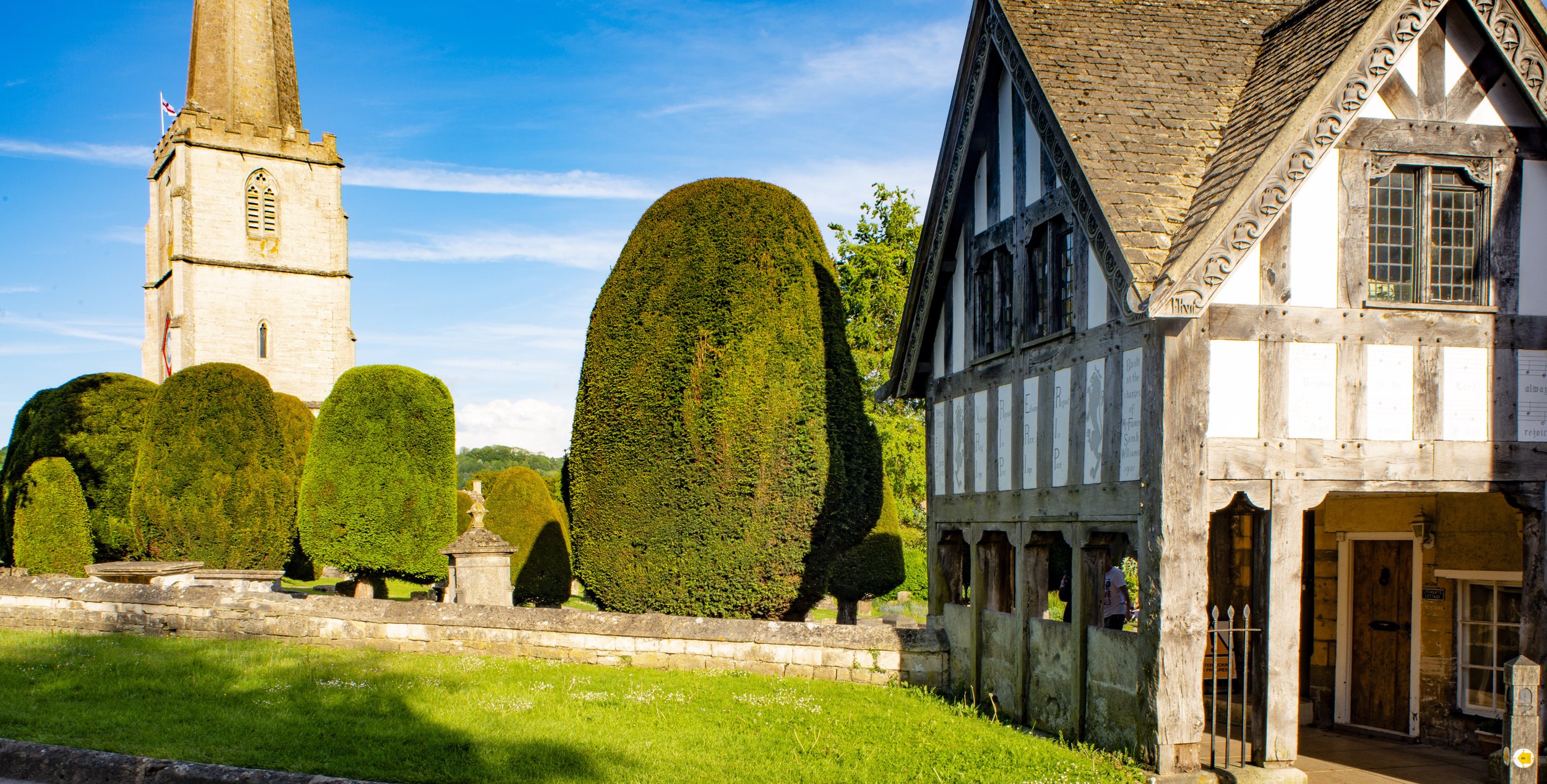
Painswick
Its local description as ‘The Queen of the Cotswolds’ is justified. The houses and cottages are built from a grey, almost white limestone in marked contrast to Broadway and Chipping Campden and some of the buildings have a Palladian, statuesque dignity about them. Look out for the Court House and The Painswick (hotel). Wander down the pretty side streets and visit the churchyard famous for the legendary 99 yew trees. The 100th yew tree has been planted time and again but has never survived. Painswick is one of the gems of the south Cotswolds and is a worthy base from which to explore this region. It is also connected to a network of footpaths including the Cotswold Way so you can arrive by car or taxi and then just walk for the rest of your stay.
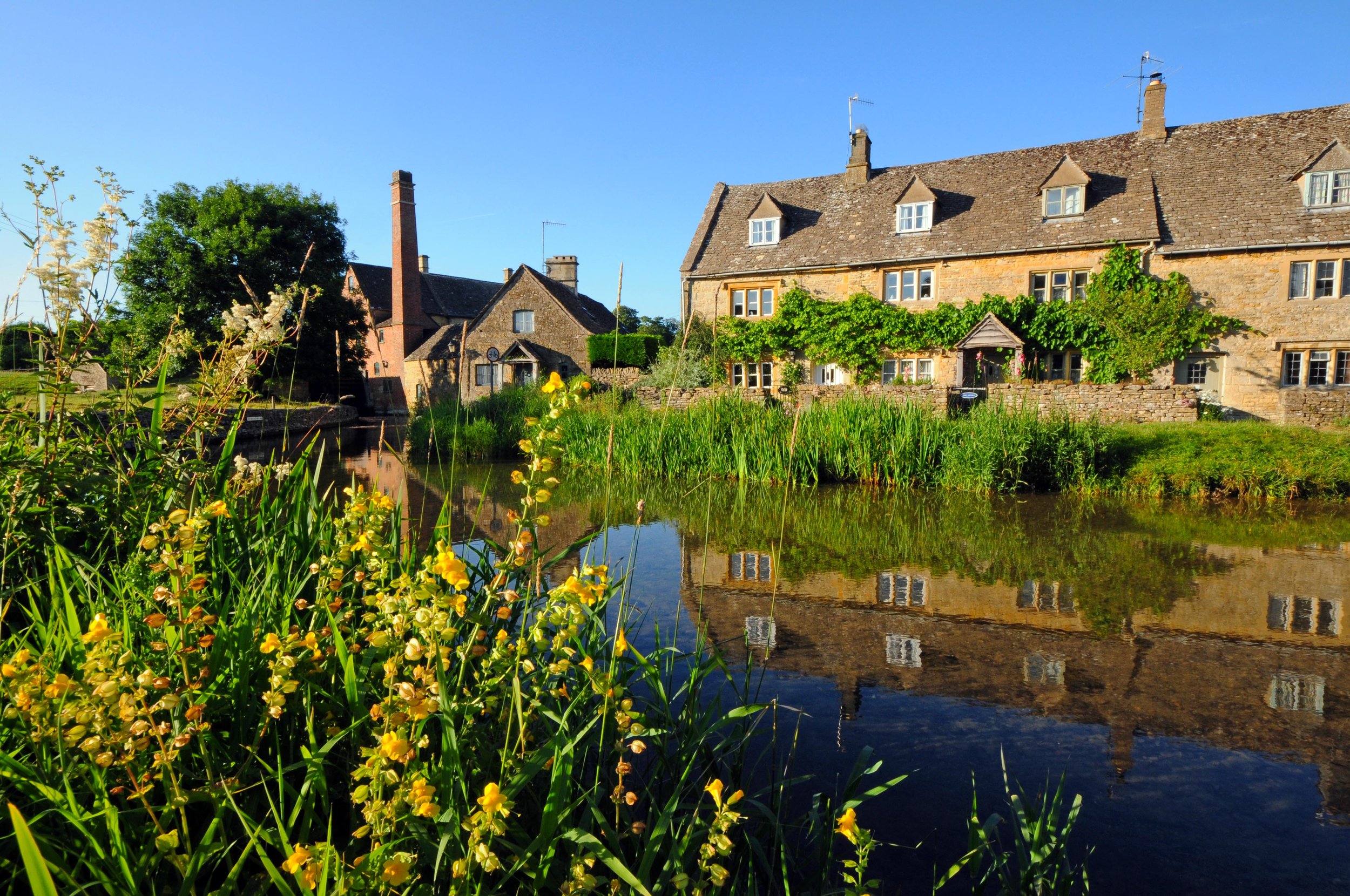
The Slaughters
Lower Slaughter is one of the most popular villages in the Cotswolds. Little bridges cross the Eye Stream which runs beside rows of golden cottages. The much painted C19 redbrick Corn Mill stands on the western edge of the village. Upper Slaughter is a couple of miles upstream and has an old Manor House once lived in by the Slaughter family, an old Post Office with a beautiful kitchen garden and along a lane past the church, a ford crosses the stream hidden beneath lush greenery.

Stanton & Stanway
Stanton is a charming village with houses of warm honey-coloured stone restored by Sir Philip Scott, 1903-37. Centre for equine excellence in the Vine, a popular horse riding centre. The Mount Inn is a welcome refuge if one’s tackling the Cotswold Way. Stanway is dominated by the outstanding Manor House. In its grounds one of the country’s finest tithe barns designed with the Golden Proportion in mind and across the road a thatched cricket pavilion set on staddle stones. The beautiful Gatehouse is C17 and was probably built by Timothy Strong of Little Barrington. It bears the arms of the Tracy family. The little Church of St Peter has C14 origins and some amusing gargoyles.
You May Also Like to Consider:
Bisley, Coln Dennis, Coln Rogers, Coln St Aldwyns, Frampton-On-Severn, Minster Lovell, Sapperton, Sheepscombe, Sherborne, Slad, Snowshill, The Ampneys, The Barringtons, The Swells, The Wychwoods...to name but a few.



